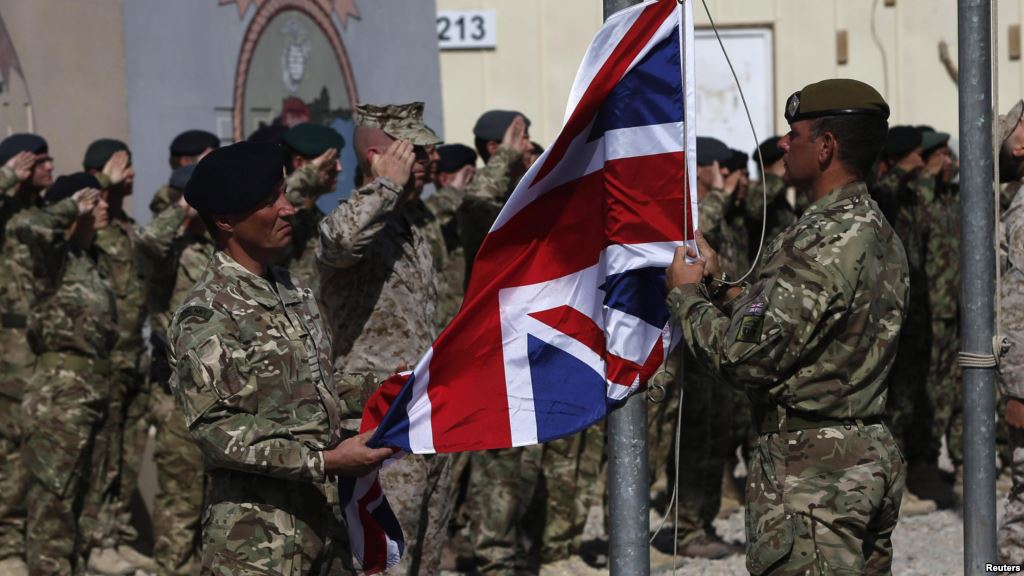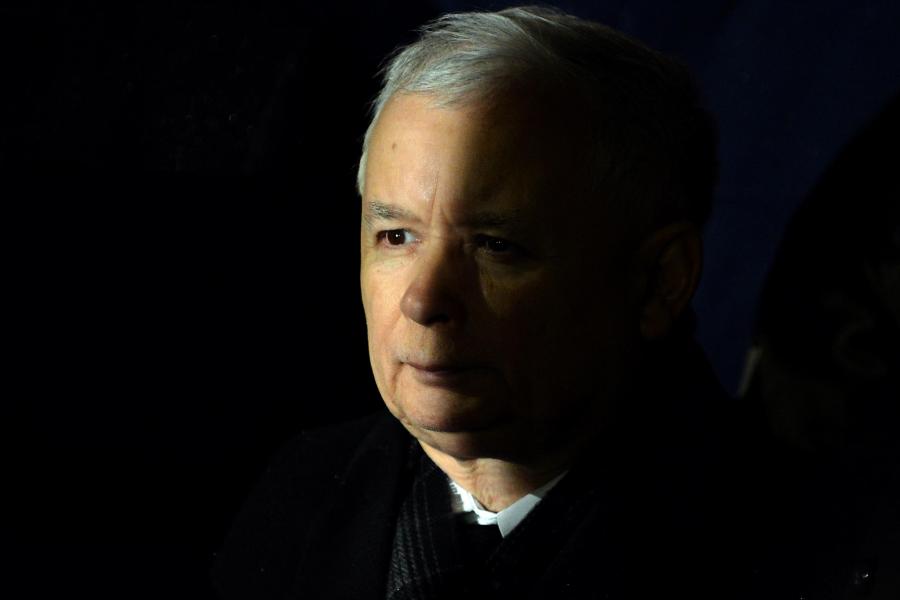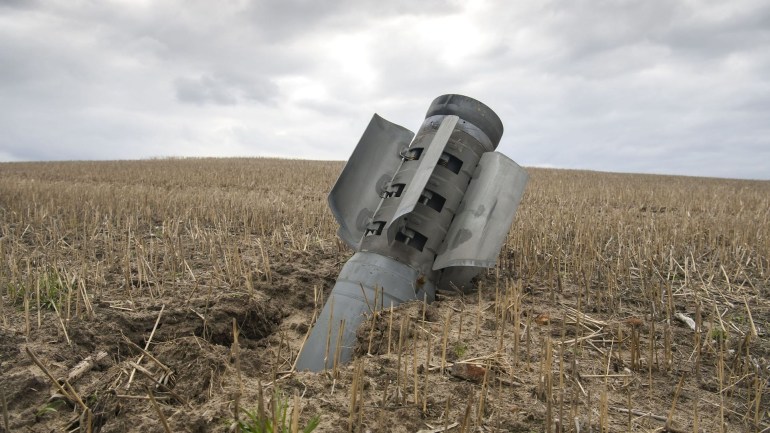
by
As the United Kingdom’s (UK) European Union (EU) referendum approaches, we hear predictable NATO-centric rhetoric from Eurosceptic quarters including senior military officers and former ministers. It is worth reflecting on the rationale behind the UK’s decision to be a co-author of the EU’s role in the crucial area of defence, the subsequent evolution of UK policy and why, far from seeking to constrain the ambition of the EU in the field of security and defence, the UK should continue to influence its direction.
At a UK-French summit in Saint-Malo in December 1998, Tony Blair and Jacques Chirac struck a deal that would subsequently be adopted by the European Council as the European Security and Defence Policy (ESDP) (subsequently renamed in the Lisbon Treaty as the Common Security and Defence Policy (CSDP)). Since then, successive UK governments have been suspected – and accused – by some European partners of bad faith, of insisting for ideological reasons on ‘NATO primacy’ and of blocking efforts to allow the initiative to reach its full potential including by establishing new institutions and structures in Brussels.
Saint-Malo represented a strategic shift in the policy of successive UK governments over more than four decades. In agreeing that the EU should ‘…have the capacity for autonomous action, backed up by credible military forces, the means to decide to use them, and a readiness to do so, in order to respond to international crises’ the recently-elected Blair breached the UK red line that NATO was the instrument of choice when it came to the Europeans deploying military force. He had three motives: 1) to demonstrate his pro-European credentials; 2) to try to deliver the capacity and political will from Member States to deal with any further Balkans-type scenarios without depending on the United States; and 3) to harness the political dynamic of the EU to encourage investment by the Europeans in defence capability that they had failed to deliver for NATO.
Although never articulated, the Saint-Malo compromise was a balance between Charles de Gaulle’s dream of an autonomous European defence free from American influence and the UK’s determination that the new EU initiative would be ‘NATO-supportive and NATO-supported’, and that it would in no way detract from the effectiveness and influence of the Alliance to which 12 of the 15 (now 22 of 28) Member States belonged. The views of the US, who had been fully consulted by London, were summarised in the so-called ‘3 Ds’ article by Secretary of State Madeleine Albright in the Financial Times on 7 December 1998:
‘First, we want to avoid decoupling: NATO is the expression of the indispensible transatlantic link. It should remain an organisation of sovereign allies, where European decision-making is not unhooked from broader alliance decision-making. Second, we want to avoid duplication: defence resources are too scarce for allies to conduct force planning, operate command structures and make procurement decisions twice – once at NATO and once at the EU. And third, we want to avoid any discrimination against NATO members who are not EU members.’
The early years of ESDP were characterised by a London and Paris-led ideological battle between ‘Atlanticists’ and ‘autonomists’. Arrangements for EU-NATO consultation and co-operation were enshrined in the language of the Nice European Council conclusions of December 2000 with the aim of ‘…further strengthening and developing their co-operation in military crisis management on the basis of shared values, equality and in a spirit of partnership. The aim is to achieve full and effective consultation, co-operation and transparency in order to identify and take rapid decisions on the most appropriate military response to a crisis and ensure efficient crisis management.’
It was not until December 2002 that EU ministers and the North Atlantic Council agreed arrangements providing for (a) assured access by the EU to NATO planning capabilities at SHAPE; (b) the presumed availability to the EU of NATO commonly owned assets on a case-by-case basis; (c) the availability of NATO command structures to the EU including the role of DSACEUR as an operation commander; and, (d) the adaptation of NATO’s defence capability planning process to take account of the EU’s requirements. Apart from the ongoing Operation ALTHEA in Bosnia, a bilateral dispute between Turkey and Cyprus has prevented these so-called ‘Berlin Plus’ arrangements working as they should. This remains the primary obstacle to delivering the version of European Defence envisaged by the UK in 1998, i.e. NATO and the EU working constructively together, a regular strategic dialogue between the North Atlantic Council and the EU’s Political and Security Committee, each organisation playing to its strengths in tackling the security and defence challenges of the Euro-Atlantic region and beyond.
Fundamental to this vision remains the avoidance of the duplication warned against by Albright. But the appetite for autonomous EU planning and command structures persists. In 2003, an initiative to set up a permanent EU headquarters at Tervuren near Brussels was deflected by UK intervention at the highest level in Paris and Berlin, with the compromise that the EU Military Staff would be able to generate an Operations Centre under certain circumstances. And in 2011 the Polish Presidency, encouraged by Paris and Berlin (the so-called ‘Weimar Three’ grouping) tried to push through agreement for an autonomous EU ‘planning and conduct capacity’ in Brussels, a move ultimately blocked by the UK at the Foreign Affairs Council. French policy appears gradually to be evolving to take account of Nicolas Sarkozy’s 2009 decision to bring France back into the NATO military structures from which de Gaulle had withdrawn in 1966, a move every bit as significant, in political terms, as Blair’s leap of faith at Saint-Malo. But the ghost of de Gaulle still walks the corridors of the Quai d’Orsay, just as there are some in London who heartily wish that Saint-Malo had never happened. Both sides need to move on.
CSDP has played its part in trans-Atlantic and regional security. It has not delivered on the heady rhetoric of its formative years – e.g. the 60,000 troops available at 60 days notice and sustainable for up to a year in the field. But its military interventions and training missions in the Balkans and Africa, naval operations off the coast of Africa and in the Mediterranean, and its many civilian policing, border assistance and monitoring missions probably justify the cost and effort of setting it up. Along with the diplomatic and economic instruments available to member states they give the Union an almost unique potential to exert influence across the board.
But (and it is a big but) the continuing effort – and cost – of the military tool is not sustainable in the long term if the dysfunctional relationship with the Alliance persists. Ministers and ambassadors have repeatedly called for Turkey and Cyprus to allow the two organisations to work together as they should. And successive EU High Representatives and NATO Secretary Generals have done their best, meeting regularly, encouraging staff-to-staff contacts where possible below the political radar screen and attending each other’s ministerial-level gatherings. There is a measure of dialogue between the European Defence Agency and NATO’s capability planning command. But all this is no substitute for the construct for co-operation and co-ordination designed and agreed in the Nice Treaty fifteen years ago.
Under ‘Brexit’ the UK would no longer sit on the Council of Ministers, but the UK could offer to contribute, as other non-EU countries do, to EU-led operations and missions, participating in the ‘decision-shaping’ meetings of the Committee of Contributors. And the UK could probably negotiate an Administrative Arrangement with the European Defence Agency and contribute to EU capability initiatives (though not to EDA management decisions) should the UK so wish, although this would require agreement by the remaining participating Member States.
The most obvious and immediate risk of not having a UK voice in EU consensus-based decision-making is the prospect of others moving quickly to set up new military institutions in Brussels. Despite extensive lobbying and explanation over many years, other Member States have ignored the risks articulated by Albright, preferring to believe the rhetoric that the UK’s opposition is ideological and aimed at maintaining NATO (for which read US) primacy in all things military. They buy the argument that a permanent EU OHQ could be confined to a small ‘planning and conduct’ organisation of 40-60 military officers in the Kortenberg building in Brussels alongside the EU Military Staff. There will inevitably be further calls, following the deactivation of the OPCEN later this year, for permanent operational planning and conduct/command functions to be established in the European External Action Service/EU Military Staff.
The reality is that if a permanent EU version of SHAPE were to be established, and a European SACEUR-equivalent appointed, there would be inexorable pressure over time for a parallel planning and command structure to be set up to support the construct. Contingency planning for EU-led operations – no matter how slim the likelihood of significant increases in deployable military force and political will – would require the establishment of subordinate EU component commands across the continent and ultimately a defence planning process running parallel to that of NATO, all this with the attendant strains and potentially conflicting demands on resources, planning capacity and decision making for the countries that belong to both organisations. This was the clearly-perceived risk articulated by Albright and which prompted Prime Ministerial engagement in late 2003 and the Foreign Secretary’s one-man stand in the Council in 2011.
For all its modest successes, CSDP remains far from achieving what was intended at the outset. But it has evolved in such a way as to offer even greater potential benefit through working in tandem with NATO in a ‘comprehensive approach’ to the challenges facing both organisations. The presence of the UK in an area where consensus remains the rule has prevented CSDP from developing in ways that would be ultimately harmful to the Alliance. Our absence from the table would open the door to those less cognisant of the risks involved.
- This article first appeared on European Geostrategy



